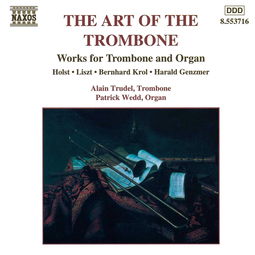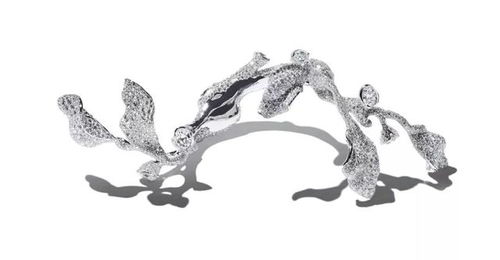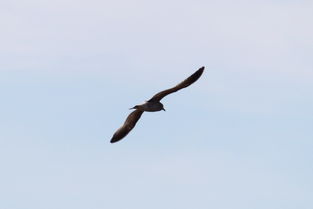
Content:
Introduction: Night fishing is an exciting and rewarding activity that offers a unique experience to anglers. The tranquility of the night, the serene environment, and the challenge of catching fish under the moonlight make it a favorite among fishing enthusiasts. One of the most crucial aspects of night fishing is understanding how to effectively set up your fishing spot, also known as "nesting." In this article, we will discuss various night fishing techniques and tips on how to create the perfect nesting spot for a successful catch.
Choose the Right Location: The first step in creating an effective nesting spot is to choose the right location. Look for areas with good fish populations, such as river bends, submerged structures, or shallow areas with abundant aquatic vegetation. These locations are more likely to attract fish, making it easier to catch them during the night.
Study the Area: Before setting up your nesting spot, take some time to study the area. Observe the water flow, identify fish-holding structures, and take note of any visible signs of fish activity, such as splashes or surface disturbance. This information will help you determine the best spot to set up your fishing gear.
Select the Appropriate Lure: Choosing the right lure is crucial for night fishing. Soft plastics, spinnerbaits, and topwater lures are popular choices due to their effectiveness in low-light conditions. Soft plastics, such as worms, grubs, and craws, mimic real prey and attract fish easily. Spinnerbaits can create a disturbance on the water surface, attracting fish that are actively feeding. Topwater lures are ideal for attracting fish from the depths, as they create a commotion on the water surface.
Prepare Your Nesting Spot: To create an effective nesting spot, you need to prepare the area for fishing. Here are some tips:
a. Use a Fishing Rod and Reel: A lightweight rod and reel combination is ideal for night fishing, as it allows for better sensitivity and control. Choose a rod with a fast action, which helps in setting the hook quickly and efficiently.
b. Attach the Lure: Tie the lure to your fishing line using a reliable knot, such as the Palomar or the improved clinch knot. Ensure that the knot is tight and secure to prevent any loss of fish.
c. Cast Your Line: Cast your line towards the prepared nesting spot, taking into account the wind direction and water flow. Aim for a spot where you have observed fish activity or have identified potential fish-holding structures.
d. Adjust Your Bait: Once your lure is in the water, adjust your bait to mimic the natural movement of prey. This can be achieved by twitching, twitching, or reeling in your lure in a lifelike manner.
Patience is Key: Night fishing requires patience, as fish may be less active during the night. Be prepared to wait for longer periods between bites. Stay focused and continue to work your bait effectively to attract fish.
Keep the Lights Low: To avoid spooking fish, keep your fishing lights low and focused on your immediate surroundings. Using a headlamp or a flashlight with a red or black lens can help minimize the disturbance to the fish.
Monitor Your Line: Stay alert and keep an eye on your line. Night fishing can be challenging, as fish may not bite as vigorously as they do during the day. Be prepared to set the hook quickly when you feel a tug or a nibble.
Conclusion: Night fishing is a unique and exciting experience that requires practice and patience. By following these tips and techniques on how to effectively nest, you can increase your chances of catching fish under the moonlight. Remember to choose the right location, study the area, select the appropriate lure, and maintain patience. With the right approach, you'll be well on your way to becoming a master of night fishing.












